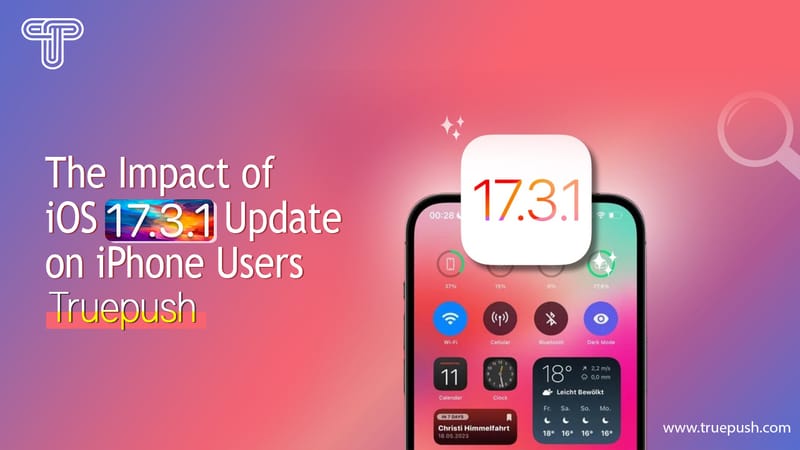What is Lighthouse 8.0?
Google Lighthouse 8.0 is the recently updated version of the lighthouse performance score. Lighthouse performance score measures the website’s performance based on certain parameters or individual scores.
The lighthouse tool is a chrome developer tool that powers all the speed metrics and other parameters of an online page. Therefore, focusing on accessibility and SEO development.
The weightage of each lighthouse update score is different. The more or less your website’s lighthouse performance score varies, the more your website is likely to get affected by the update, both in positive and negative terms. You will read that later below in the article.
So, what are the parameters that Google Lighthouse 8.0 considers?
What are the focussed parameters for Lighthouse 8.0?
The Lighthouse 8.0 contains six key parameters as discussed below.
FCP ( First Contentful Paint)
First Contentful Page is a performance metric for the Lighthouse that measures how much time it takes for your website to display the DOM content.
What is DOM content?
DOM content could be the SVG elements on your page, the images, etc.
The Document Object Model, in short, DOM acts as the page interface and can change the page structure and content.
Speed Index
The speed index is measured in seconds. It is the time in which your webpage loads and is displayed visually.
LCP (Largest Contentful Paint)
The Largest Contentful Paint (LCP) is one of the core parameters of the lighthouse update. It measures how fast the largest content on your page loads. The large content refers to the title, carousel, featured image, video, etc.
The more time it takes for the larger content on the page to load, the more it affects the page load time, thus, the user experience.
TTI (Time To Interactive)
Time to Interactive is a crucial Lighthouse 8.0 parameter that measures the interactiveness ( or responsiveness)of your site.
In other words, TTI measures the unusable interface on your website, which, otherwise, looks interactive.
For example, you might have experienced while visiting a website that looks completely fine but does not support interactive elements like a signup button or any link that doesn’t work.
TBT (Total Blocking Time)
Total Blocking Time measures the longest time your website remains blocked to your users.
You might wonder if TBT and TTI are the same?
The TBT and TTI measure completely different aspects of a page, however run together to give a detailed analysis of your site’s responsiveness.
TBT metric tells you which Javascript file is taking the longest to load, thus, preventing users from giving inputs to your page.
CLS (Cumulative Layout Shift)
Cumulative Layout Shift (CLS) is the most important metric that Lighthouse 8.0 considers. CLS measures the stability of the visual elements on your website.
In other words, CLS measures how much are your web page elements moving from their dedicated position on the page.
The aim of the webmaster should be to maintain the low CLS score, which in turn, conveys a page is user-friendly and stable enough to run.
What are the changes in the Lighthouse 8.0 scores?
The Lighthouse 8.0 update from Google has made the scoring parameters more strict to measure, while some metrics are eased down to measure. Below is the summary of what has been changed:
- The First Contentful Paint (FCP) metric is measured more strictly than before.
- The cumulative layout shift (CLS) metric scoring is less stringent.
- The Total Blocking Time (TBT) metric has turned out to be more strict.
Based on Google’s estimate, nearly 20% of sites will see a drop for up to five points. Nearly another 20% of websites are likely to remain unaffected, and the remaining 60% of websites are expected to have a positive impact and improve the ranking by up to five points or more.
Here is what Google states on the impact of the Lighthouse 8.0 update.
– ~20% of sites may see a drop of up to 5 points, though likely less
– ~20% of sites will see little detectable change
– ~30% of sites should see a moderate improvement of a few points
– ~30% could see a significant improvement of 5 points or more
The major drop in the performance score is due to the TBT measure becoming stricter. Therefore the websites that are highly impacted due to the TBT factor will see more reduction in the overall Lighthouse 8.0 performance score.
Lighthouse 8.0: Before and after implementation
Below is the comparison of lighthouse 6 and lighthouse 8 based on the shift in weightage score. If you notice carefully, the main three metrics that have seen a bigger shift in their weightage are the CLS, TBT, and LCP metrics.
The weightage of the CLS metric has been increased from 5% to 15%. Similarly, the weightage of the TBT metric has increased from 25% to 30%.
On the other hand, the weightage of the remaining three metrics TTI, SI, and FCP is reduced from 15% to 10%.
Performance Metrics | Weightage in Lighthouse 6 | Weightage in Lighthouse 8 |
Cumulative Layout Shift (CLS) | 5 | 15 |
Total Blocking Time (TBT) | 25 | 30 |
Largest Contentful Paint (LCP) | 25 | 25 |
Time To Interactive (TTI) | 15 | 10 |
Speed Index (SI) | 15 | 10 |
First Contentful Paint (FCP) | 15 | 10 |
What can you do to improve the performance score?
Use the calculator for measuring the Lighthouse 8.0 performance scores. Using this calculator, you can check how the overall performance score will vary with changes in the individual metrics.
The ideal values of the metrics should be maintained. You can check the standard guidelines from Google to consider the impact of individual metrics.
Once you know the value of each metrics, you can take the above reference to figure out the right implementation and to improve the overall performance score.




